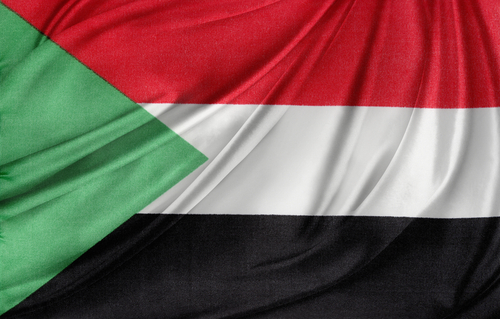Every year on January 1, Sudanese people around the world come together to celebrate their nation’s independence. Sudan Independence Day is more than just a public holiday; it’s a powerful expression of national pride, resilience, and cultural identity. For those in Sudan and for the global diaspora, it’s a day to remember the country’s journey to sovereignty and to celebrate the rich traditions that unite its people.
As we look toward Sudan Independence Day 2026, let’s explore the history behind this significant date and the vibrant ways it is celebrated today.
The History of Sudan’s Independence
Sudan’s path to sovereignty was a long and determined one. For much of the 19th and 20th centuries, the region was under foreign rule. In 1899, it became known as Anglo-Egyptian Sudan, jointly administered by the United Kingdom and Egypt.
The desire for self-governance grew steadily among the Sudanese people. Nationalist movements gained momentum throughout the first half of the 20th century, led by influential figures and political groups who advocated for an independent state. Their persistent efforts eventually led to a breakthrough. On December 19, 1955, the Sudanese parliament unanimously declared independence.
This declaration was officially recognized on January 1, 1956, marking the birth of the Republic of Sudan as a sovereign nation. Since then, January 1 has been celebrated as a symbol of freedom, unity, and the enduring spirit of the Sudanese people.
How Sudan Independence Day Is Celebrated Today
Sudan Independence Day is a heartfelt celebration marked by joy and reflection. Traditions blend national pride with deep-rooted cultural customs, creating a unique atmosphere of unity.
National Customs and Community Events
In Sudan, the day often begins with official ceremonies. Political leaders may give speeches, and the national anthem is played across the country. Parades featuring military processions, cultural groups, and schoolchildren in festive attire fill the streets of cities like Khartoum. The Sudanese flag—with its red, white, black, and green colors—is displayed proudly on homes, cars, and public buildings.
For many, the day is a time for community connection. People gather in public squares and parks for music, dancing, and poetry recitals that honor Sudan’s history and diverse cultural heritage.
Family Traditions, Food, and Music
Family is at the heart of the celebration. Homes are filled with the aromas of traditional Sudanese dishes prepared for the occasion. Feasts often include:
- Kisra: A thin, fermented flatbread, a staple in Sudanese cuisine.
- Mullah: A savory stew made with meat or vegetables, often flavored with peanut butter.
- Aseeda: A soft, thick porridge, commonly served with a savory or sweet sauce.
- Ful Medames: A hearty dish of cooked fava beans, often enjoyed for breakfast.
Music and dance are essential parts of the festivities. The sounds of traditional instruments like the oud and the tanbūra (a type of lyre) mix with modern Sudanese pop music. Families and friends gather to share stories, laugh, and celebrate their shared identity.
Celebrations in the Diaspora
For the Sudanese diaspora living in countries like the United States, the United Kingdom, Canada, and Australia, Independence Day is a vital link to their homeland. Communities organize cultural events, bringing people together to share food, music, and traditions with the next generation. These gatherings help preserve cultural heritage and strengthen bonds among Sudanese people abroad, offering a space to celebrate their identity while sharing it with their new neighbors.
Evolving Traditions
In recent years, social media has become a powerful tool for celebrating Sudan Independence Day. Many use platforms like Instagram, X (formerly Twitter), and Facebook to share messages of hope, historical photos, and digital art featuring the Sudanese flag. This online celebration connects the global Sudanese community, allowing them to share in the patriotic spirit no matter where they are.
Frequently Asked Questions (FAQ)
When is Sudan Independence Day?
Sudan Independence Day is celebrated annually on January 1. This date marks the day in 1956 when Sudan officially gained its sovereignty from Anglo-Egyptian rule.
What are some traditional foods eaten on Sudan Independence Day?
Celebratory meals often feature classic Sudanese dishes such as kisra (flatbread), mullah (stew), aseeda (porridge), and ful medames (fava bean stew). Sweets and traditional coffee (jebena) are also shared among family and friends.
How do Sudanese people in other countries celebrate?
Sudanese diaspora communities often host cultural events, picnics, and parties. These gatherings include traditional food, music, dancing, and poetry, helping to preserve their cultural heritage and connect younger generations with their roots.
Is Sudan Independence Day a public holiday?
Yes, January 1 is a national public holiday in Sudan. Government offices, schools, and most businesses are closed to allow everyone to participate in the celebrations.
